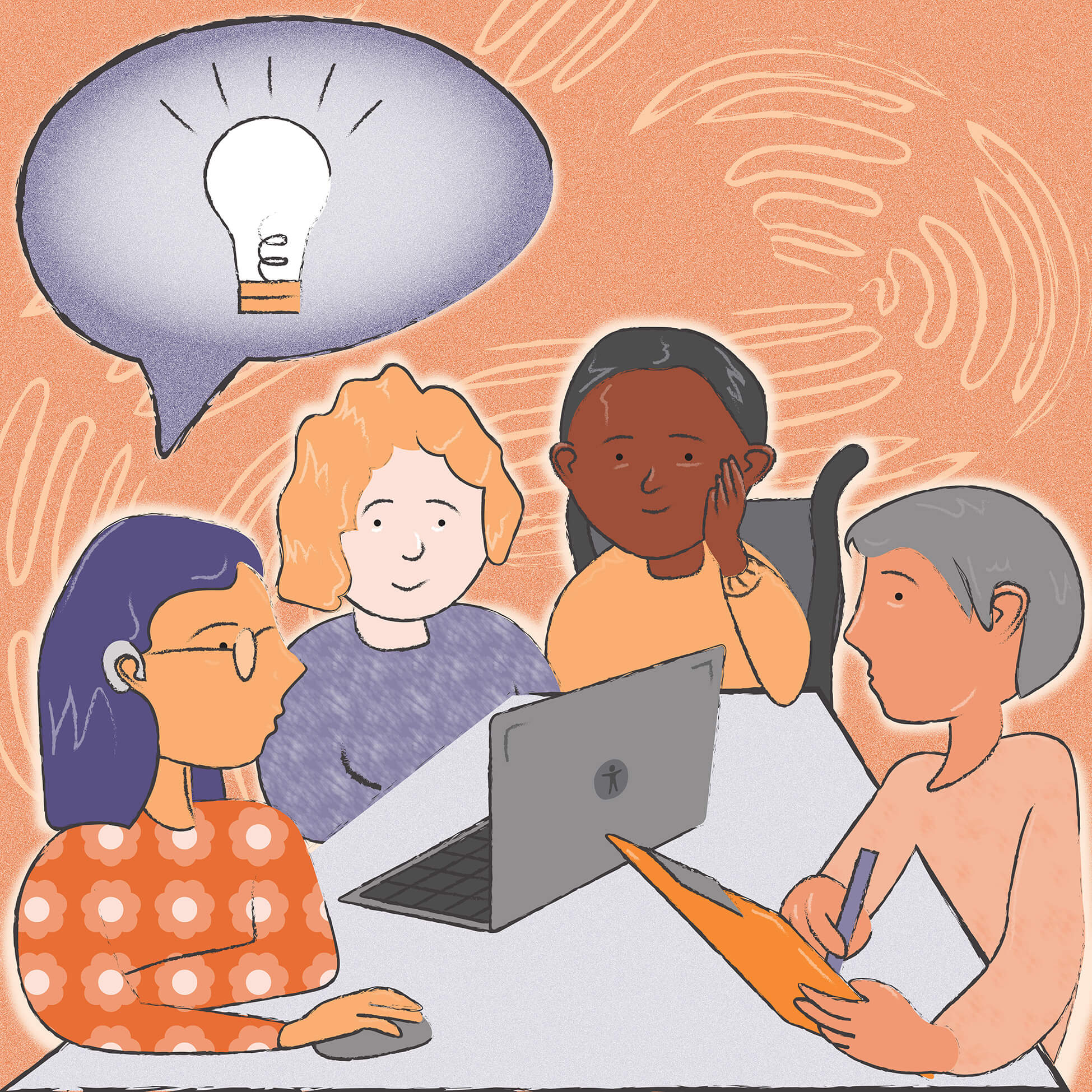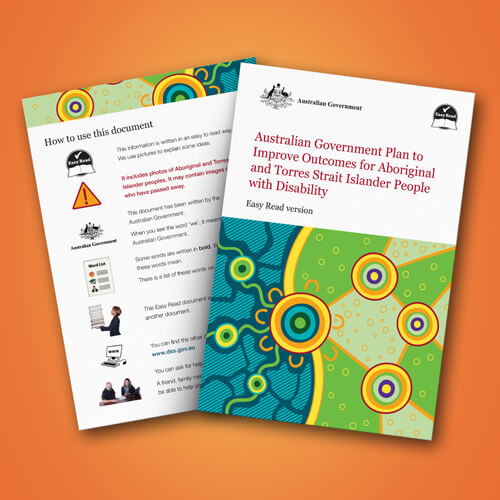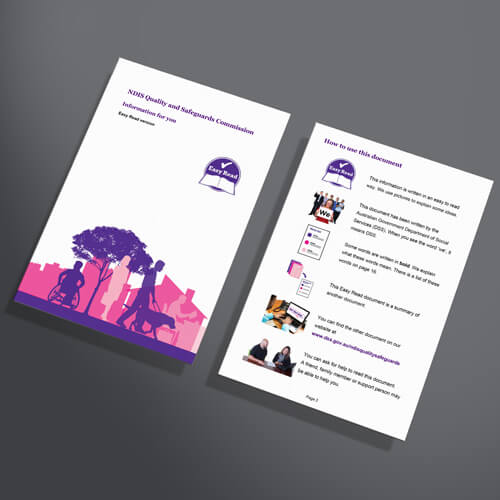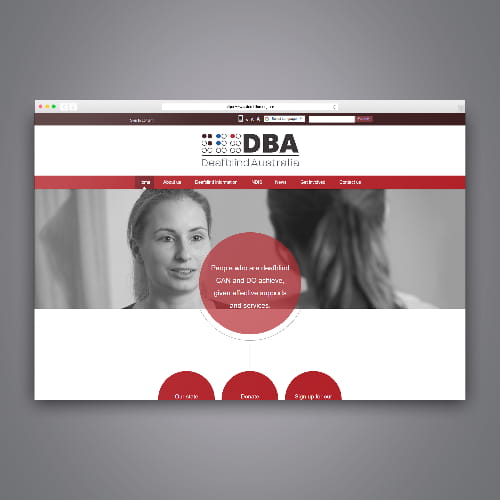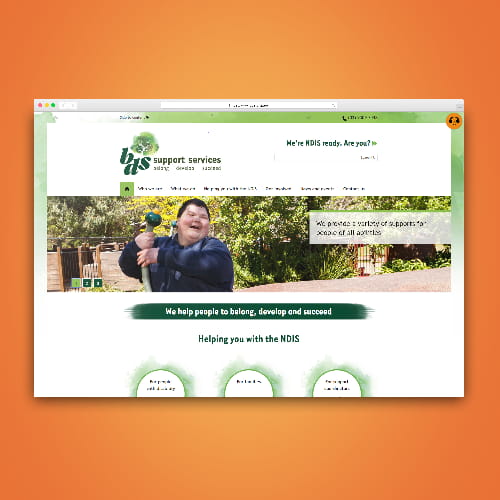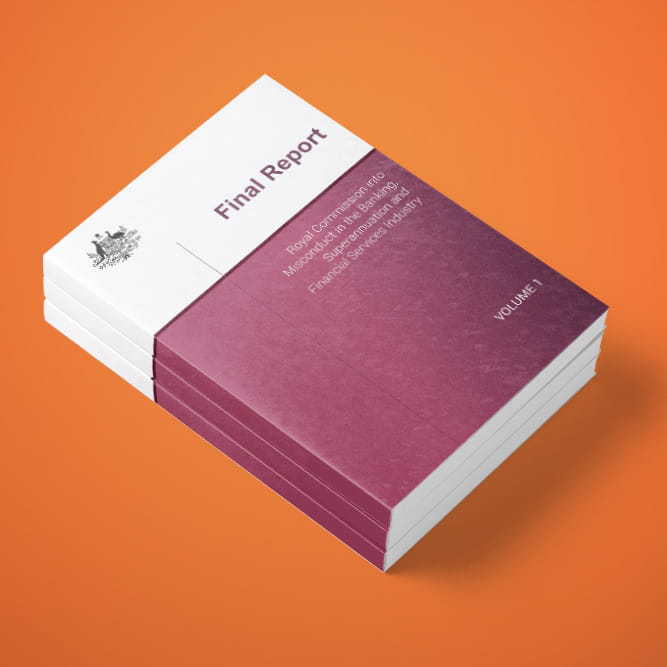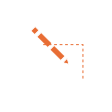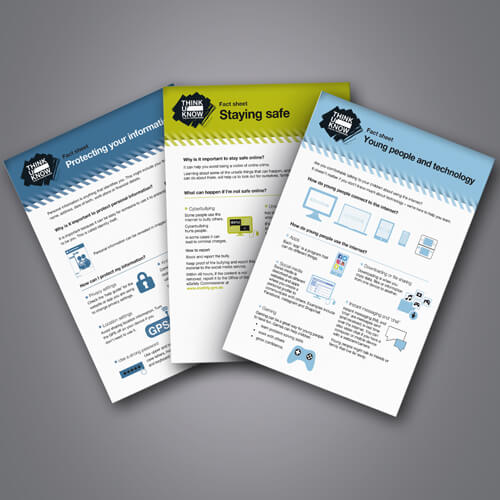We specialise in accessibility
We create documents that are easy to read and websites that are easy to use
You know accessibility is something you should be doing, but you may not be so sure why, or how, to go about it.
Maybe you’re not sure if it’s worth the investment of time or resources.
The Easy Read format presents information in a way that is very easy to understand. In its simplest form, it uses images to support text, large font sizes and plenty of white space. Easy Read is currently used extensively for audiences with disability. However, it is also becoming more widely used for audiences with low literacy levels or where English is an additional language.
Different formats of Easy Read may also be called Easy English or simple English.
Literacy is the ability to understand, evaluate, use and engage with written texts to take part in society, reach goals, and develop knowledge and potential.
Did you know that, in Australia today, over 40% of adults have a literacy level below what is considered enough to get by in everyday life?


What can we help you with?

Our latest work
-

July 2024
We worked closely with Victoria Police to produce the first Easy Read version of their community sentiments survey. This is an important step in supporting the police to include the ...
-

June 2024
We were thrilled to work with the Australian Government Department of Social Services (DSS) to create an accessible Easy Read version of an Expression of Interest form.
This document included ...
-

June 2024
We feel privileged to have worked with Women With Disabilities Australia (WWDA) to create an Easy Read version of their website, which they call Neve. WWDA are an advocacy organisation ...
-

May 2024
It’s important for everyone to be able to access medical treatment when they need it. That’s why we were thrilled to work with the Australian Government Department of ...
-
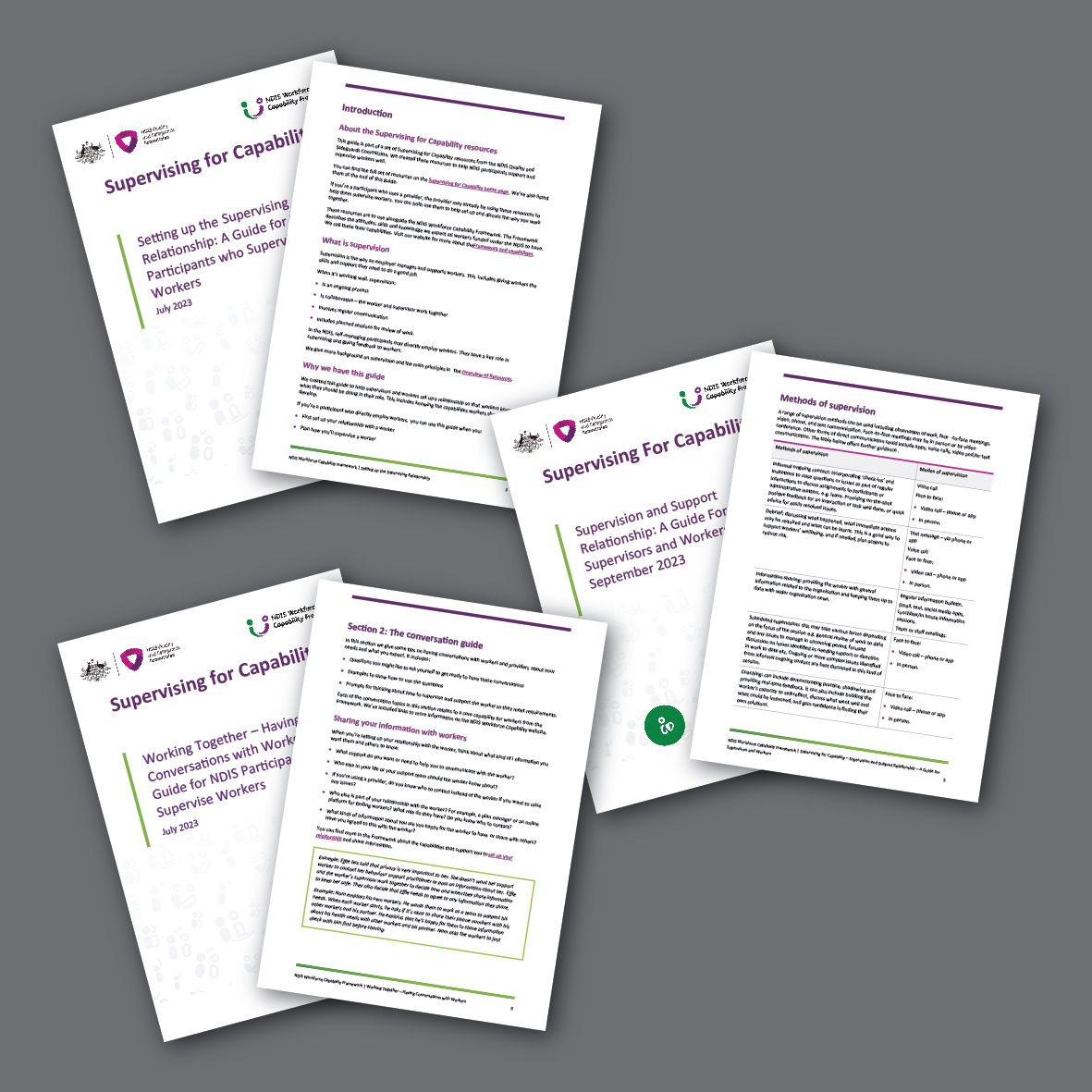
May 2024
We were delighted to work with the NDIS Quality and Safeguards Commission (NDIS Commission) on its Supervising for Capability guides. The NDIS Commission created these resources to help people supervise ...
-
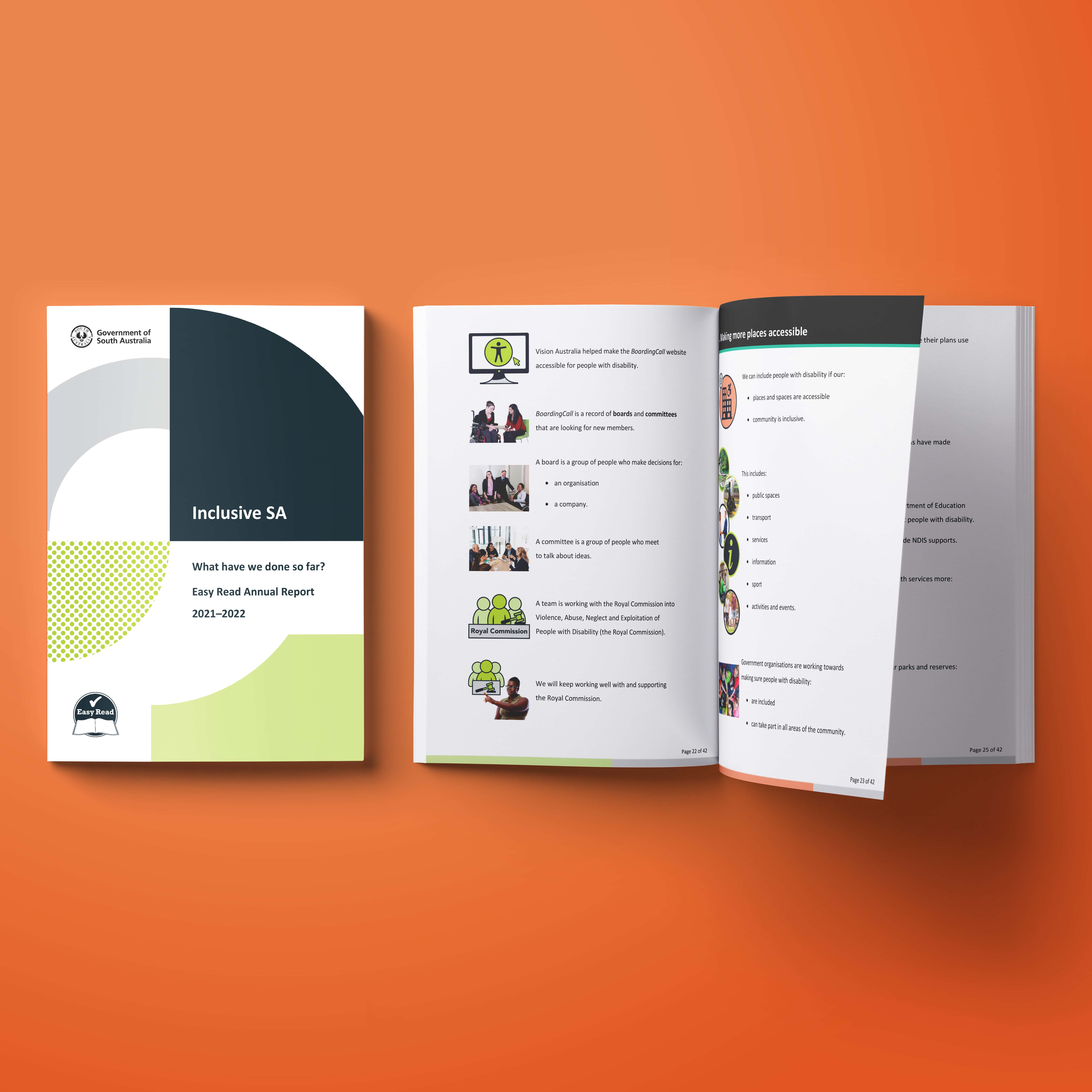
April 2024
We have had the privilege of working with the Government of South Australia Department of Human Services (SA DHS) to create Easy Read versions of 3 of its Inclusive SA ...

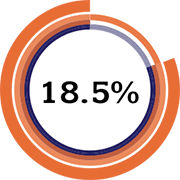
18.5% of the Australian population has a disability – that's 4.25 million people.
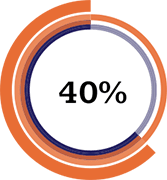
More than 40% of adults in Australia have very low levels of literacy.
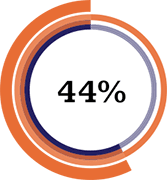
44% of people have very low levels of computer skills.

Latest news
Art-making as a way to understand the complex relationship between youth, self-expression and crime
4 July 2024
Mark making is the creation of lines, dots, patterns, or textures. It is a common art practice that allows someone to explore their emotions in an expressive way.
Our graphic designer, Savanah, shares with us her exploration of young people, neurodivergence and graffiti through her honours design project.

Meet the people behind our passion: Edward
3 July 2024
At the Information Access Group, we’re passionate about the role we play in making a positive impact in the community. Each month we’ll introduce you to a member of our team so you can learn more about the people behind the passion and what makes them proud to be part of the work we do. This month we’d like you to meet Edward.

The benefits of user research in Easy Read creation
13 June 2024
Are you on the fence about user testing?
We asked Thomas Sluiter, of As We Are Research, to share his approach to user research for Easy Read content with us. He explains the why, how and who of user research and why you should consider it for your next communications project.
